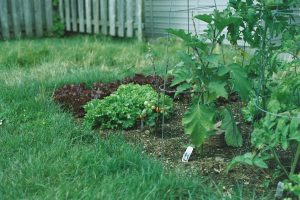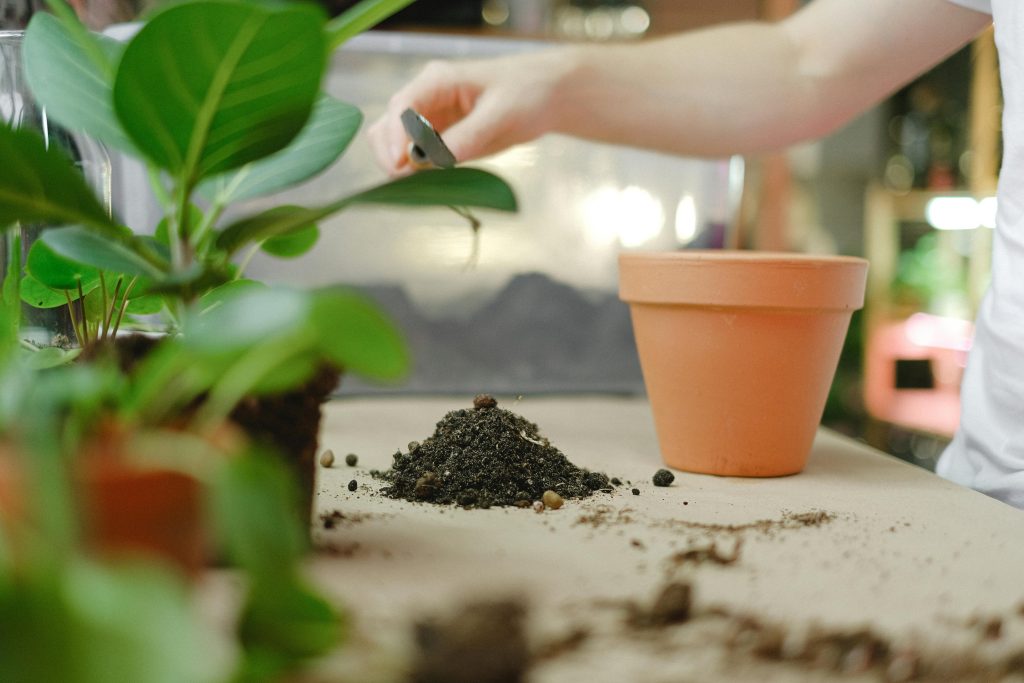
Potash in Orchards: Preparing Trees for Winter Dormancy
Orchards are long-term investments. Whether you manage apples, pears, peaches, plums, or cherries, the productivity and profitability of fruit trees depend on how well they

When we think about feeding our plants, it’s easy to focus on the immediate payoff: greener leaves, bigger blooms, or juicier tomatoes. But if you’re only feeding the plants, you’re missing half the equation. Healthy soil is the real engine behind sustainable growth, and dry fish fertilizer is one of the best long-term investments you can make in building that foundation. Unlike synthetic quick-fixes that push fast growth and leave behind depleted soil, organic dry fish fertilizer nourishes the entire ecosystem below the surface, creating a fertile environment where plants thrive season after season.
If you’ve been looking for a fertilizer that improves both your lawn and your garden—without sacrificing long-term soil health—then dry fish fertilizer is your answer. This blog explores why, scientifically and practically, fish-based fertilizer isn’t just another organic trend. It’s a tried-and-true method for regenerating your soil, improving plant resilience, and delivering results that get better every year.
We’ll look into:
Soil fertility isn’t just about nutrients. It’s about structure, biology, and chemistry all working together to support plant growth year after year. True fertility includes:
Synthetic fertilizers often ignore most of these components. They deliver nitrogen, phosphorus, and potassium—but do nothing to improve organic matter, biology, or soil texture. Over time, this leads to compacted, lifeless soil that depends more and more on chemical inputs.
Dry fish fertilizer flips this trend. It feeds both the plant and the soil by improving every dimension of fertility, starting with soil life.
Dry fish fertilizer is rich in organic nitrogen, amino acids, trace minerals, and bioavailable compounds that feed bacteria, fungi, protozoa, and nematodes—the entire soil food web. These microbes play a critical role in decomposing organic matter and cycling nutrients into forms plants can use.
When you apply dry fish fertilizer, here’s what happens underground:
This microbial explosion isn’t just a side effect—it’s the main event. The healthier your soil biology, the more self-sustaining your garden becomes.
Most homeowners think of lawns as grass, not soil. But what happens beneath the turf is what determines how green, resilient, and lush your lawn will be. Fish-based fertilizer helps in several ways:
Apply dry fish fertilizer once a month during active growth seasons, and you’ll start to see stronger turf that bounces back faster from stress—without the artificial green-up that fades after a week.
In vegetable gardens and ornamental beds, the benefits are even more dramatic. As your soil structure improves, you’ll see:
If you’ve struggled with heavy clay, lifeless sand, or years of chemical abuse, dry fish fertilizer is a regenerative option that brings your soil back to life.
There are lots of organic fertilizers on the market, but few match the broad-spectrum value of dry fish fertilizer. Here’s why it stands out:
Compared to compost, it’s more nutrient-dense. Compared to liquid fish emulsion, it lasts longer in the soil. And compared to bone meal or blood meal, it’s more balanced and less prone to odor issues.
To maximize the long-term fertility benefits, apply dry fish fertilizer as follows:
Lawns:
Apply 10–12 pounds per 1,000 square feet every 6–8 weeks during the growing season. Water in thoroughly. Best applied during spring green-up, mid-summer boost, and early fall recovery.
Vegetable Gardens:
Use 1–2 cups per 10 square feet before planting. Work into the top few inches of soil. Side-dress with ½ cup per plant monthly during the growing season.
Flower Beds:
Apply 1 cup around the base of shrubs, perennials, and annuals. Repeat every 4–6 weeks for consistent bloom and color.
Trees and Bushes:
Use 1–2 cups per inch of trunk diameter, evenly distributed under the canopy. Apply 2–3 times per year.
Raised Beds and Containers:
Mix 1 tablespoon per gallon of soil at planting. Reapply monthly by top dressing and watering in.
Compost Activation:
Sprinkle into compost piles or worm bins to stimulate decomposition and boost nitrogen content.
With consistent application of dry fish fertilizer, you’ll notice:
These aren’t one-season gains—they build over years, setting the stage for bigger yields, fewer pest issues, and greater resilience to extreme weather.
At Supply Solutions LLC, we don’t just sell fertilizer—we support growers in building long-term fertility that leads to thriving landscapes and productive gardens. Our dry fish fertilizer is sustainably sourced, carefully processed, and screened for consistent nutrient content.
With us, you get:
Whether you’re growing heirloom tomatoes, revitalizing an old lawn, or just looking to be a better steward of the soil, our organic dry fish fertilizer gives you results that compound over time.
Reach us through our contact form, message us on Facebook, call 503-451-1622, or email sales@mysolutionssupply.com. We’re ready to help you turn tired soil into thriving ecosystems—naturally.

Orchards are long-term investments. Whether you manage apples, pears, peaches, plums, or cherries, the productivity and profitability of fruit trees depend on how well they
Every successful vegetable garden begins with healthy soil. Fertile soil is not only about nutrients but also about structure, drainage, and the ability to support
Give us a call or visit our store, and we’ll help you find the right solution for your business.
© Supply Solutions LLC 2025